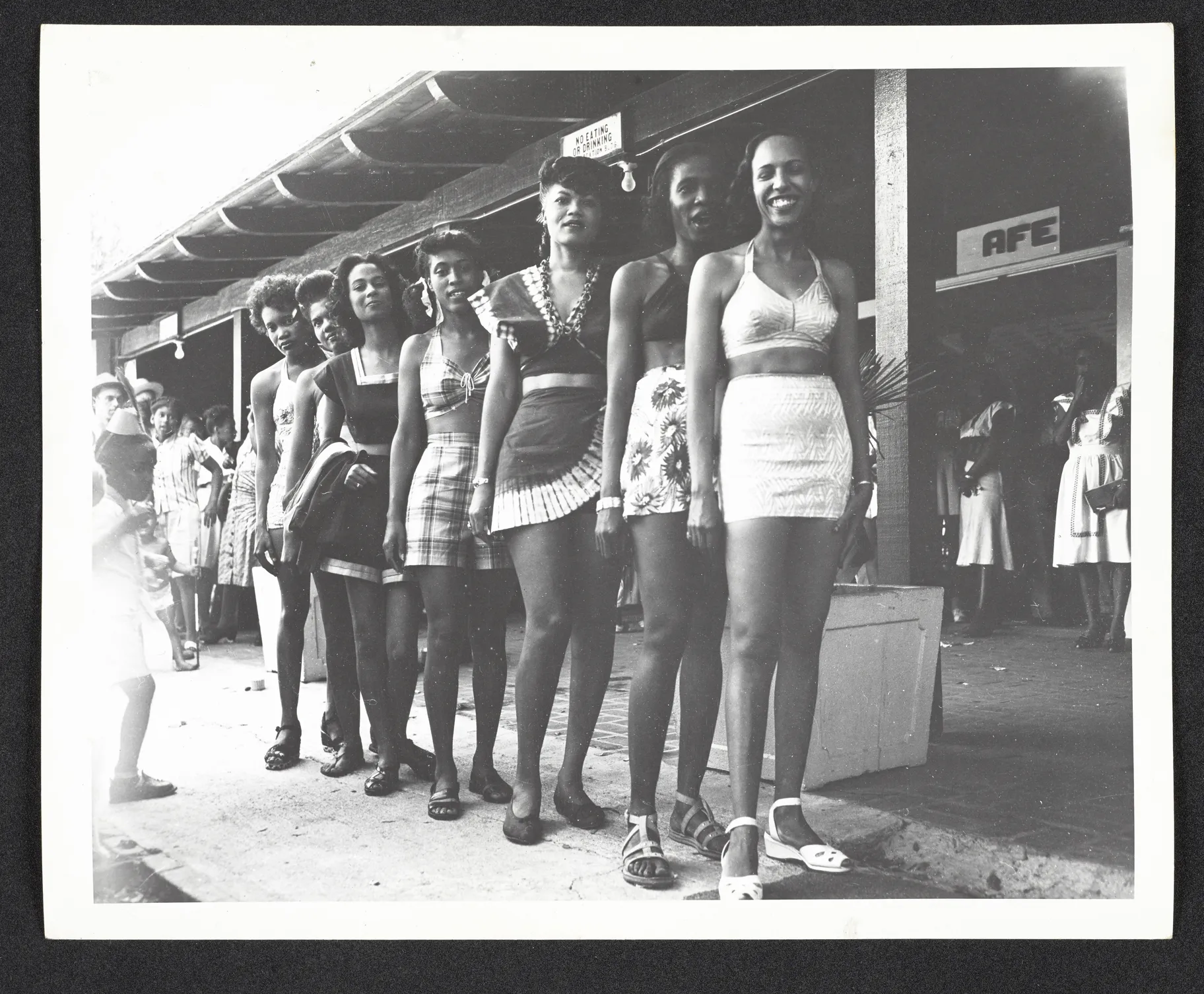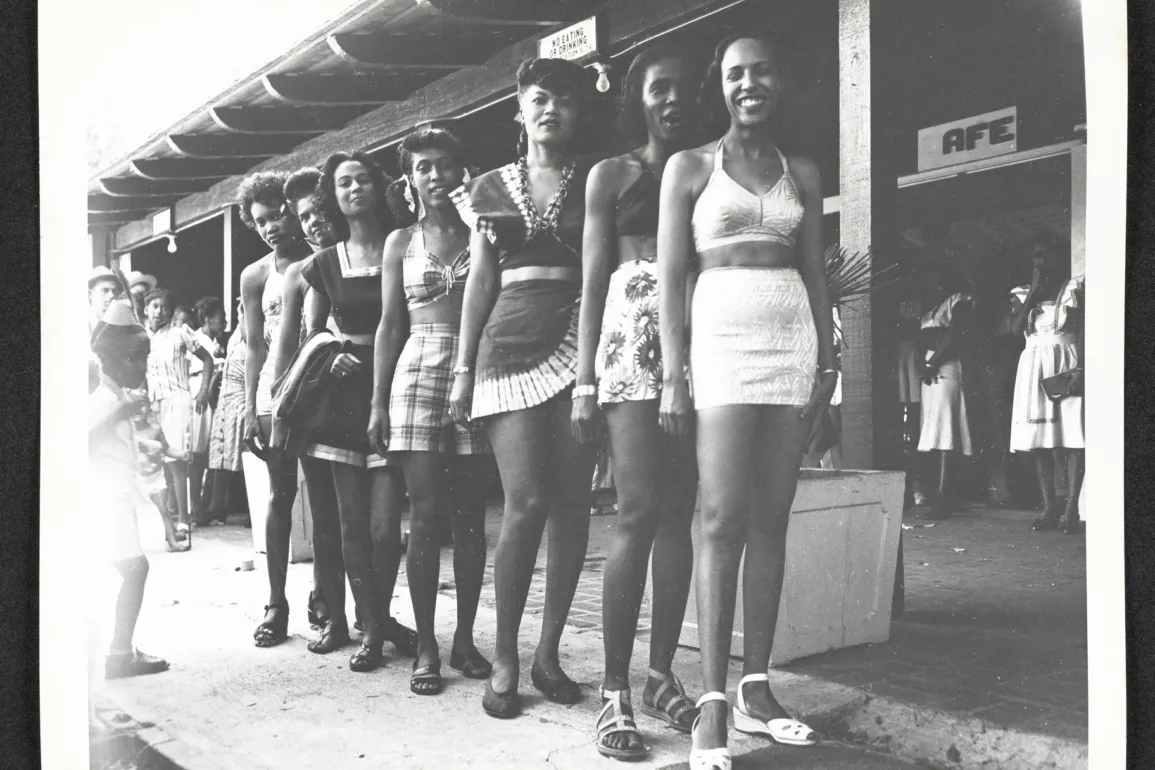Many African Americans in the early 20th century traveled to California in search of a better life and freedom from restrictive Jim Crow laws. While the Golden State wasn’t immune to racism and discrimination, Black communities carved out their own little slice of heaven — owning parts of Manhattan Beach and Santa Monica. An exhibition at the California African American Museum looks at how Black Americans shaped sites of recreation and relaxation. “Black California Dreamin’: Claiming Space at America’s Leisure Frontier” runs through March 31, 2024.
Today, luxury hotel Shutters on the Beach sits steps away from the waterfront. But in 1922, that land was almost sold to Black businessmen. The investment group was led by Charles Darden and Norman O. Houston, and their goal, according to historian Alison Rose Jefferson, was to develop a Black beach resort.
“[It] was going to have different kinds of amusement facilities. They envisioned it as being this place that would attract Black folks from all over the Southwest and the country to come to Santa Monica,” she tells KCRW.
However, those dreams were cut short when the Santa Monica Bay Protective League and white business owners caught wind of the development. The group protested the project and went to the Santa Monica City Council. The political body, as Jefferson explains, changed local ordinances to only allow Black residents to build a house.
“That was the last known effort on the beach of African Americans attempting to capitalize on their California dreams during that time period to develop community and economic resources.”
Over the next three years, developers built their own properties, including the Hotel Casa Del Mar and the Edgewater Beach Club, which eventually turned into Shutters.

Women participate in a beauty pageant at the 22nd Annual Golden State Mutual Life Insurance Company picnic, Val Verde Park, July 18, 1947. Credit: Golden State Mutual Life Insurance Company Records (Collection 1434); Courtesy of Library Special Collections, Charles E. Young Research Library, UCLA .
Meanwhile, anti-Black, anti-Jewish, and other racist sentiments were running rampant. “You had the rise of the Ku Klux Klan in California — although they weren’t attacking Black people physically in a way they were in the South. They were still here in California, making threats and riding around in their white robes and hoods.”
Jefferson points to Bruce’s Beach, a once-successful Black-owned resort that opened in 1912. Black patrons faced hostility from white residents, who even roped off the beach to keep them away. The land was eventually seized via eminent domain in 1924 by the Manhattan Beach City Council, which condemned the property. The actions reflected the racist attitudes of the locals.
“They decide they don’t want the Black people there. They think that they are having a negro invasion because by this time, you have a larger Black population that’s moved to the region,” Jefferson explains. “They have more money. … They had a few big parties. And a couple of white people decided that they didn’t want Black people down there.”
Read more: Bruce’s Beach sells for $20M. What does it mean for future of reparations?


